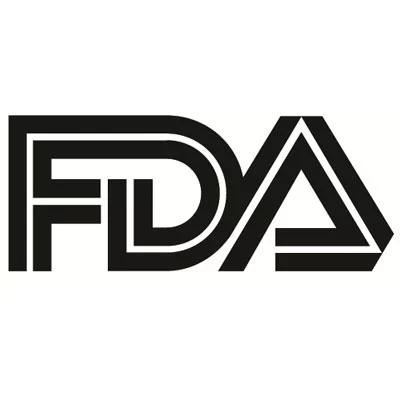FDA Expands Use of Vemlidy to Adolescents with Chronic HBV Infection
Children as young as 12 can now receive tenofovir alafenamide for treatment of chronic hepatitis B virus infection with compensated liver disease, after the US Food and Drug Administration expanded the indication for the drug.

The US Food and Drug Administration (FDA) granted a supplemental new drug application for Gildead Science’s antiviral medication Vemlidy to treat chronic hepatitis B infection in adolescents ages 12 and older with compensated liver disease.
Vemlidy (tenofovir alafenamide) is a nucleoside analog reverse transcriptase inhibitor that previously was approved to treat adults with chronic liver disease in 2016 after it was found to be favorable to Gilead’s tenofovir disoproxil fumarate drug marketed as Viread.
The pediatric indication comes after the drug met safety and efficacy endpoints in Trial 1092, a phase 2 clinical trial including 70 patients between ages 12 and 18.
“Chronic hepatitis B can have a significant long-term health impact on children, including the development of liver cancer later in life if the disease is left untreated, which is compounded by treatment challenges in this population,” Kathleen Schwarz, MD, pediatric gastroenterologist at Rady Children’s Hospital-San Diego said in a news release.
“As a clinician, I recognize the critical importance of treating this disease as quickly as possible to help avoid complications and potential damage to the liver,” said Schwarz, who was an investigator in Trial 1092. “In the clinical trial, we saw that tenofovir alafendamide may represent an effective treatment option for people as young as 12 years of age living with chronic disease.”
The trial inclued 47 patients who received 25 mg of Vemlidy once daily and 23 who received a placeby. The study met its primary endpoint with 21% of patients in the treatment group achieving HBV DNA levels below 20 IU/mL at 24 weeks of therapy compared with none in the control group.
The study also found that 44% of patients in the treatment group achieved serum alanine aminotransferase (ALT) normalization at 24 weeks compared with none in the control group, with median (Q1, Q3) changes from baseline in ALT of -32.0 U/L (-63.0, -13.0 U/L) and 1.0 U/L (-10.0, 25.0 U/mL).
Bone mineral density changes were similar in both groups.
“While pediatric hepatitis B prevalence has dropped significantly in the U.S., children who develop chronic hepatitis B following an acute infection can experience lifelong health impact,” Merdad Parsey, MD, PhD, chief medical officer at Gilead Sciences, said in a news release. “Gilead is focused on meeting the biggest challenges in liver disease and impacting the course of disease. With an established safety profile and once-daily dosing, Vemlidy provides physicians a new option to address the treatment needs of pediatric patients living with hepatitis B.”
The most common adverse reactions included headache, upper respiratory tract infection, abdominal pain, cough, back pain, arthralgia, fatigue, nausea, diarrhea, dyspepsia and pyrexia.
Warnings and precautions include risk of development of HIV-1 resistance in patients with HBV/HIV-1 coinfection, new onset or worsening renal impairment and lactic acidosis and severe hepatomegaly with steatosis.
About 1.59 million people live with chronic hepatitis B virus in the United States. Complications of the infection can include liver damage, cirrhosis, cancer or death. Recent research has exmained factors associated with severe outcomes.
